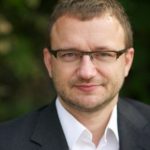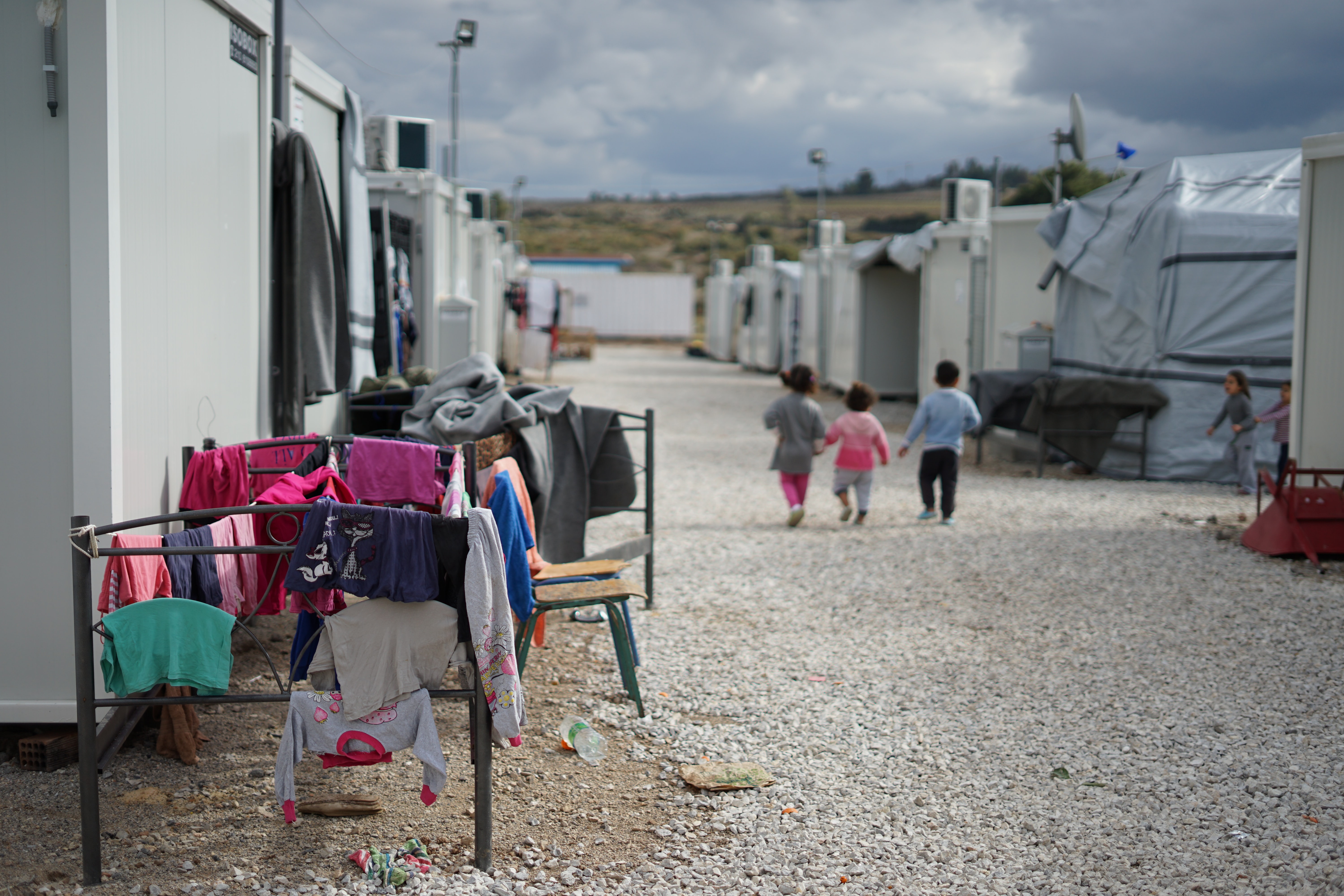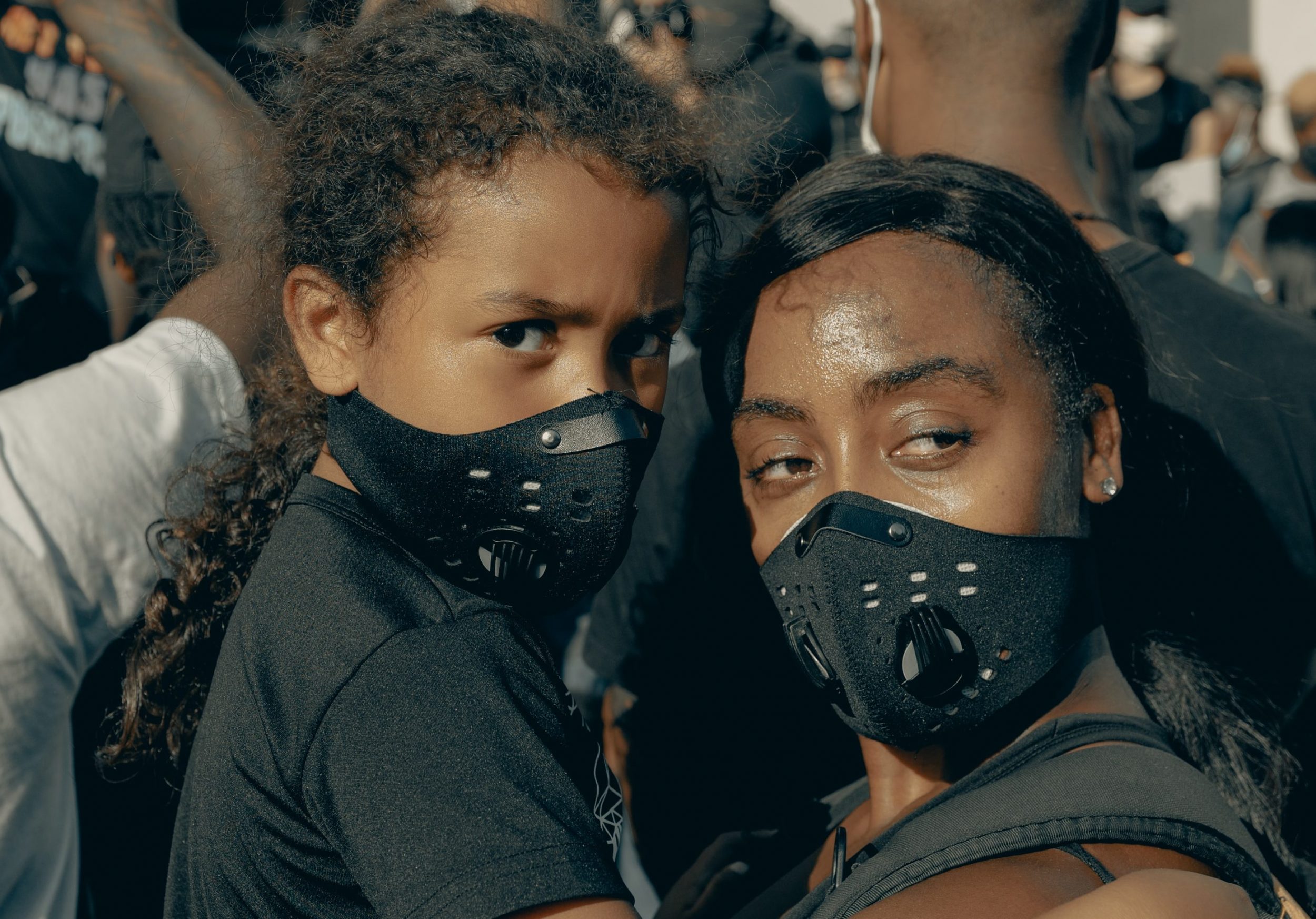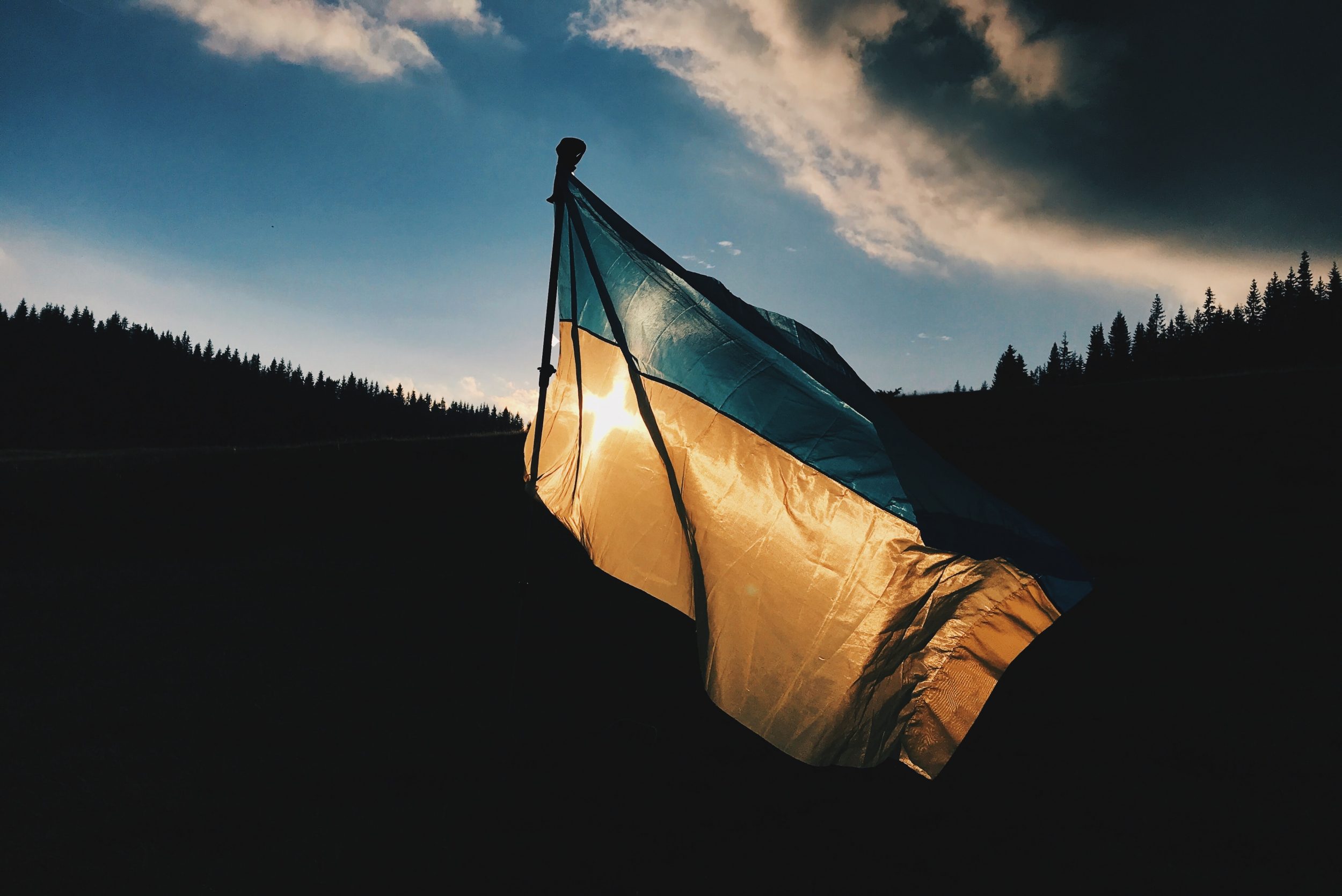
 Myria Georgiou, LSE, and Marek Troszyński, Collegium Civitas, Warsaw recently travelled across the routes followed by many Ukrainian refugees: from the Poland-Ukraine borders to Polish cities and towns. Here, they recount their observations and findings about the nature of the border in wartime.
Myria Georgiou, LSE, and Marek Troszyński, Collegium Civitas, Warsaw recently travelled across the routes followed by many Ukrainian refugees: from the Poland-Ukraine borders to Polish cities and towns. Here, they recount their observations and findings about the nature of the border in wartime.
Conducting research at a wartime border is anything but ordinary. Yet, after an intense week of travel and engagement with its Polish and Ukrainian actors, the border reveals itself as somehow “ordinary”, peculiarly expansive, and fundamentally contradictory. The border, we repeatedly recorded in our encounters with volunteers, activists, refugees and authorities, is much more than a line separating the two countries. Instead, it expands across the pathways of refugees’ journeys where we observed the many contradictory responses to their flight.
Following the routes that many refugees take once they escape immediate danger, we travelled from the Ukrainian border town of Yavoriv (Яворів) through the Polish crossing points of Medyka and Budomierz, and into the border city of Przemyśl and regional capital of Lublin. We then followed the pathways that bring so many into Warsaw’s train stations, and eventually peripheral Polish towns and villages, such as those of Wieliszew. Across these and many other Polish territories, more than two million refugees from Ukraine have now found, at least temporarily, shelter. As we followed the refugee routes into European territories, what became apparent is that in many ways the border is shaped through media representations and social media connectivities.
In our research, we recorded at least three contradictory and competing dimensions of the border’s communicative architecture: control and exceptionalism, philanthropy and post-humanitarianism, but also, solidarity and resistance.
 Control and exceptionalism: In these conditions of humanitarian emergency, we came across the most paradoxical condition of the national borders: on the one hand, we saw them becoming porous with refugees and humanitarians crossing between Ukraine and Poland all the time, and on the other, we experienced these borders as digitally rigid systems of control and exceptionalism. Specifically, when we crossed between the two countries as part of a humanitarian mission, we were reminded that, crisis or not, the border is now a digital border of inflexible passport checks and use of transnational databases that decide who can cross and who can’t. Our wait at the check-points was long but incomparable to humanitarian medics’ experience: while they cross from Poland into Ukraine to take care of the sick and the injured on a daily basis, the medical convoys still have to spend many hours thorough long passport and vehicle controls. Every day. Inflexible border governance has become most ordinary across the west, especially as it is increasingly digitally controlled through drones, thermal cameras, databases. “Ordinary” even at war.
Control and exceptionalism: In these conditions of humanitarian emergency, we came across the most paradoxical condition of the national borders: on the one hand, we saw them becoming porous with refugees and humanitarians crossing between Ukraine and Poland all the time, and on the other, we experienced these borders as digitally rigid systems of control and exceptionalism. Specifically, when we crossed between the two countries as part of a humanitarian mission, we were reminded that, crisis or not, the border is now a digital border of inflexible passport checks and use of transnational databases that decide who can cross and who can’t. Our wait at the check-points was long but incomparable to humanitarian medics’ experience: while they cross from Poland into Ukraine to take care of the sick and the injured on a daily basis, the medical convoys still have to spend many hours thorough long passport and vehicle controls. Every day. Inflexible border governance has become most ordinary across the west, especially as it is increasingly digitally controlled through drones, thermal cameras, databases. “Ordinary” even at war.
The control that states impose on the territorial border is nothing new, but there is a particularity in this case that brings racial exceptionalism and conditional hospitality together. In fact, the most striking element of the wartime border we witnessed in Poland was its exceptionalism. While the Polish government has been welcoming Ukrainian refugees, it has continued to use its military and information power to push back the victims of others wars, such as those in Syria and Afghanistan, who remain trapped at the Belarus-Polish border. From imposing no-go zones around that “other” border so that media and activists have no access to information, all the way to aggressive campaigns on state media that present those seeking refuge there as merely male, non-white, and threatening migrants, the Polish government fundamentally divides those seeking refuge into “good” and “bad” migrants. Yet, even this state of exceptionalism is not simple. Even “good migrants” are subjected to the impossible nationalist doctrine of the border (as, for example, reflected in the Polish Minister of Education’s announcement that Ukrainian children in the country’s schools will need to write their school exams in Polish, as the government has no intension to introduce “privileges”).
 Philanthropy and post-humanitarianism: Along, and partly against, the structures of state control, we observed the unimaginable scale and extent of humanitarian support for those arriving in Poland: a scale and level of fast response which is hard to not admire. After all, the country received more than two million refugees within four weeks. No formal structures of reception were in place for weeks and citizens were acting as fist response to incredible levels of need. In many cases they still do. Even now, numerous volunteer-organised warehouses across villages, towns and cities which we visited receive vast humanitarian supplies of all kinds, which are then effectively distributed to refugees in Poland or sent to those in need in Ukraine. Again and again, volunteers told us how they set up social media accounts or used their personal ones to organise the collection and distribution of such provisions, social media which have brought together local volunteers but also supporters from across the world. Many of them still cannot believe the local and global level of response to those simple and amateur social media campaigns.
Philanthropy and post-humanitarianism: Along, and partly against, the structures of state control, we observed the unimaginable scale and extent of humanitarian support for those arriving in Poland: a scale and level of fast response which is hard to not admire. After all, the country received more than two million refugees within four weeks. No formal structures of reception were in place for weeks and citizens were acting as fist response to incredible levels of need. In many cases they still do. Even now, numerous volunteer-organised warehouses across villages, towns and cities which we visited receive vast humanitarian supplies of all kinds, which are then effectively distributed to refugees in Poland or sent to those in need in Ukraine. Again and again, volunteers told us how they set up social media accounts or used their personal ones to organise the collection and distribution of such provisions, social media which have brought together local volunteers but also supporters from across the world. Many of them still cannot believe the local and global level of response to those simple and amateur social media campaigns.
While the level of effective and digitally mediated volunteerism is incredible, the values and experiences behind it vary enormously. Some of the volunteers we met told us how their preconceptions for the previously suspicious neighbours have been replaced by solidarity towards those in need. Others, such as the members of an impressive border village humanitarian campaign, told us how important it is to support the neighbouring country suffering from the Russian invasion. Yet, Ukrainians are still not to be trusted, they also told us, adding that they only trust their Polish compatriots to deliver humanitarian help across the border. Some others, among those with the best of intentions, saw Ukrainians as refugees like no other (i.e., victims of Russian aggression; neighbours; white) who deserve hospitality. Many refused to talk about the future challenges of refugee arrivals. For most, questions of long-term settlement and integration were quickly dismissed. For them, this is a crisis of the here and now.
Solidarity and resistance: Alongside acts of philanthropism and exceptional benevolence, we also witnessed activism of solidarity, which has stubbornly defied the border regime’s attempts to divide “good” and “bad” migrants. Such is the case of the grassroots Homo Faber in Lublin that uses its social media to demand long-term strategies of welcome and resettlement, including refugee housing, and that of Grupa Granica that campaigns for indiscriminatory welcome of all refugees, no matter where they come from. And we witnessed the incredible activism of the local and international networks of solidarity that converge in the Folkowisko “Embassy of Freedom”. This is an impressive grassroots initiative at the border town of Cieszanów, which brings together doctors, activists, volunteers from across the world; day in day out, they generate from the ground-up actions that vary from book collections for Ukrainian refugee kids (“Books not Bombs”) to humanitarian and medical support delivered to cities across Ukraine.
 The most important actors of the border, of course, are refugees themselves. Over the last few weeks, Ukrainian refugees have been appearing on our screens as victims of violence and uprooting. As often is the case with media representations of war, refugees appear as silent victims, or people who only speak of their suffering. During our research, we met many of those who, while having experienced trauma and violent uprooting, resisted being defined either through silent suffering, or through the west’s benevolent philanthropism. Among those we met, two women told us that they were eager to get a job, knowing perhaps how conditional and ephemeral state support is. A young man showed us his Instagram profile that looked like any other teenager’s social media profile, reminding us how he, like so many other young people, sought ordinariness under conditions of precarity and uprooting. At least in appearance.
The most important actors of the border, of course, are refugees themselves. Over the last few weeks, Ukrainian refugees have been appearing on our screens as victims of violence and uprooting. As often is the case with media representations of war, refugees appear as silent victims, or people who only speak of their suffering. During our research, we met many of those who, while having experienced trauma and violent uprooting, resisted being defined either through silent suffering, or through the west’s benevolent philanthropism. Among those we met, two women told us that they were eager to get a job, knowing perhaps how conditional and ephemeral state support is. A young man showed us his Instagram profile that looked like any other teenager’s social media profile, reminding us how he, like so many other young people, sought ordinariness under conditions of precarity and uprooting. At least in appearance.
These are only some of our many observations across the ever-expanding border. Listening to the people who are living the war and its consequences, and observing practices of control but also of struggle, we were again and again reminded of how the stories we tell of refugees and of humanitarianism often simplify the agency and the politics of the border. The border that we saw – in its visible and invisible structures and expressions – is a site of violence, of liminality, but also of resistance and agency.
Note: This research was conducted within the project “Migrants. Analysis of media discourse on migrants in Poland, the United Kingdom, Ukraine, Albania and the Czech Republic (MAD)”, financed by the Polish National Agency for Academic Exchange as part of the International Academic Partnerships programme (no. PPI / APM / 2018/1/00019 / DEC / 1).
This article gives the views of the authors and does not represent the position of the Media@LSE blog, nor of the London School of Economics and Political Science.
Photography credit: Marek Troszyński





